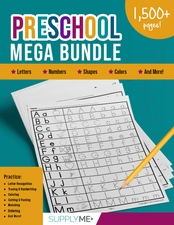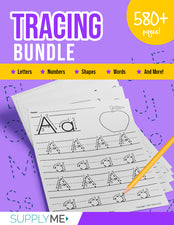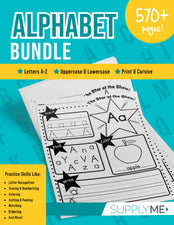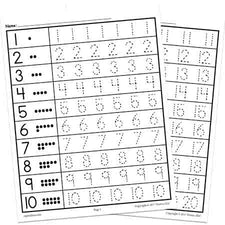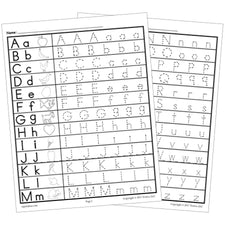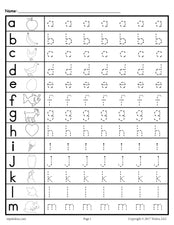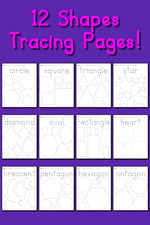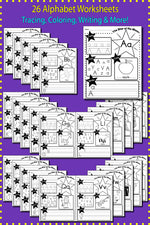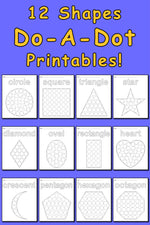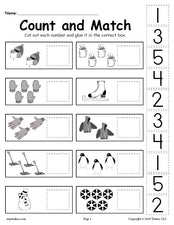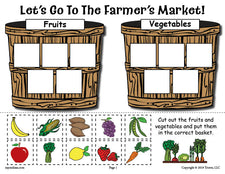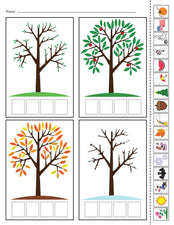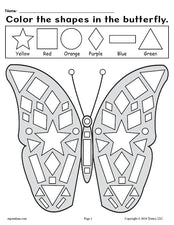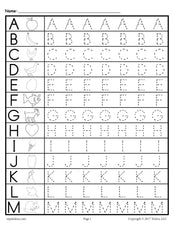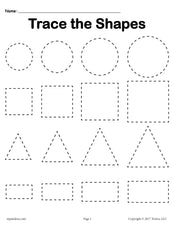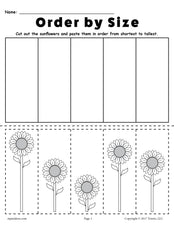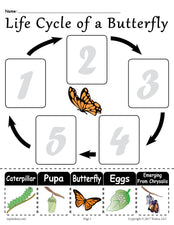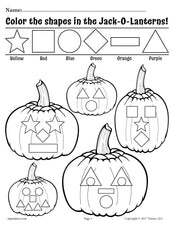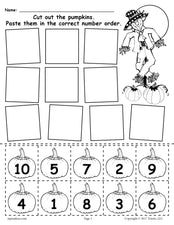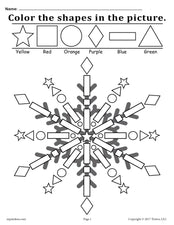Turkey Number Bond “Go Fish” Game
By Kayla • April 3, 2018

As you've likely experienced, preschoolers love learning through games! While traditional worksheets can offer a calming, quiet-time activity and certainly have their place, the more you can get your students to engage in an exercise (e.g. the more appealing you can make it), the more connections they'll make and concepts they'll absorb. The creator of the blog, The Adventures of Bear, offers this fun, Thanksgiving-themed printable to get you started!
Concept Alternatives
- For younger, less advanced learners, have students practice number recognition and counting skills.
- For older, more advanced learners, have students practice number bonds, specifically two numbers that work together to make ten - the cards are specifically designed for this feature, the number in the upper left-hand corner of each "pair" (i.e. 6 and 4, 2 and 8, etc.) sports a matching color.
Applications
 |
Go Fish! Print, cut apart, and laminate several copies of the game cards. Create at least two sets and keep adding by twos (e.g. 4, 6, etc.) for a greater challenge.
Rules of the Game
|
 |
Old Maid. Print, cut apart, and laminate two copies of the game cards. For younger students, remove one zero card, leaving its match without a pair, to create an "Old Maid" card. For older students, who are making matches based on number bonds, remove both ten cards and one of the zero cards (this means that the "deck" is composed of one zero card and two of each number card 1 through 9).]
Rules of the Game
|
 |
Memory. Print, cut apart, and laminate two copies of the game cards. Place the cards face down on a flat surface.
Rules of the Game
|
With so many variations (and the ability to make things easier or harder depending on the skill level of your students), these game cards are must haves for the preschool classroom!
Happy Playing!

Disclaimer: The content on this page is for informational purposes only and reflects my personal experience and opinions. I’m not a financial advisor, and this is not financial advice. Please do your own research and consult with a qualified professional before making financial decisions. Some of the links on this page are affiliate or referral links, which means I may earn a commission or bonus if you use them. There’s no extra cost to you—and it’s a great way to support the site if you find the content helpful.

